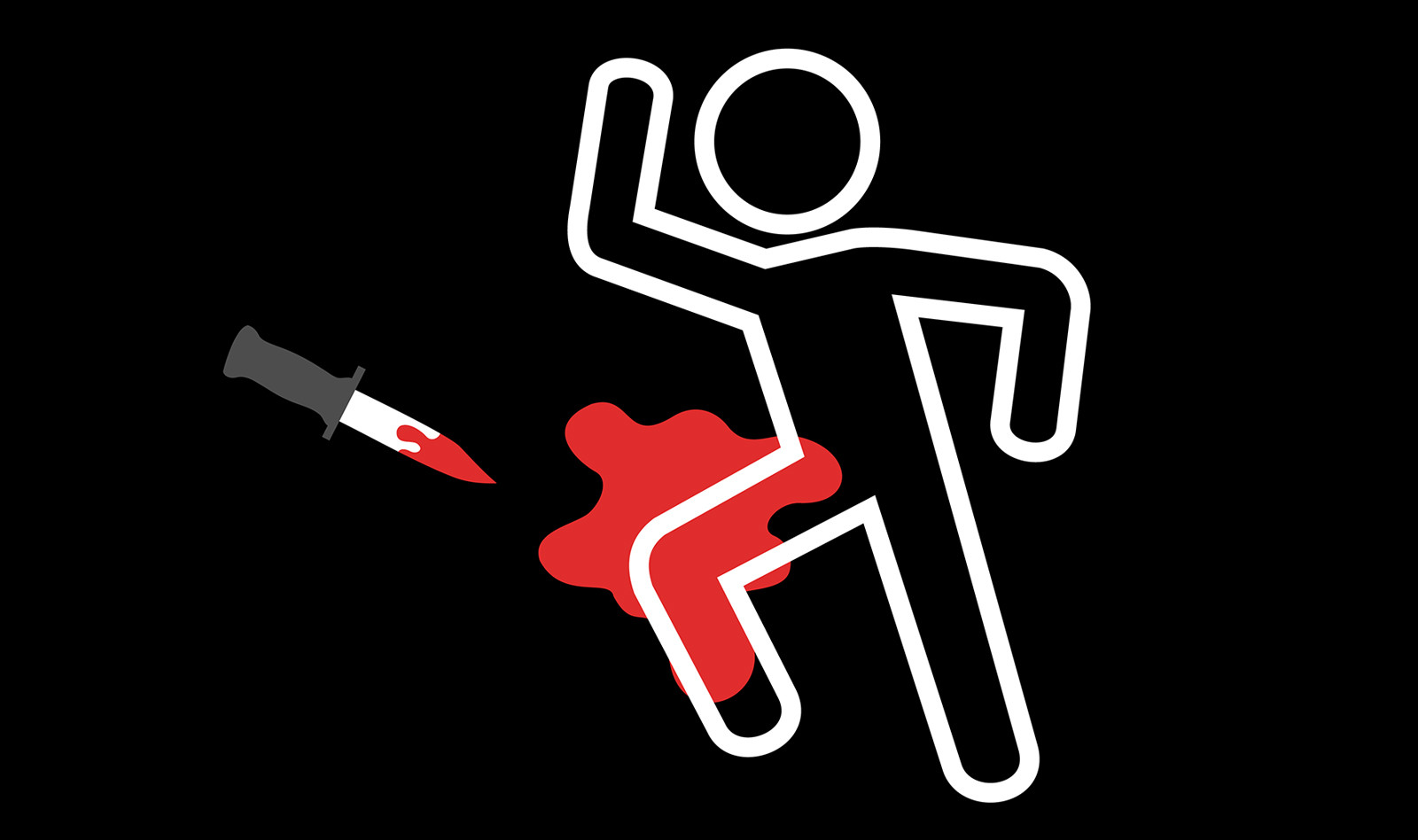Case Report: Stab Wound of the Superficial Femoral Artery Early Diagnosed by Point-of-Care Doppler Ultrasound
Source: The Ultrasound Journal 2020, 12:32 | Published on: 16 June 2020
INTRODUCTION:
The majority of vascular injuries, of which gunshot injury is the leading cause, occur in the extremities. They may result from penetrating trauma, blunt trauma, or both. Hypovolemia is the leading cause of death in patients with major vessel injury and compartment syndrome, arteriovenous fistula, loss of limb and wound infections are the leading cause of morbidity in these patients.
Immediate surgery and vascular repair without the support of diagnostic imaging techniques is indicated for patients who present with “hard signs” of arterial injury such as pulsatile bleeding, expanding hematoma, absent distal pulses, cold/pale limb, palpable thrill or an audible bruit. Patients who present with “soft signs” such as diminished pulses, small and non-expanding hematoma or proximity of wound to a major vessel require further diagnostic evaluation.
CASE REPORT
The authors describe a case of a 24-year-old male who was admitted to the emergency department a stab injury in his left thigh. A kitchen knife entered from the anterolateral aspect of the upper third of his left thigh, leaving a 3 cm × 0.7 cm entry wound which penetrates into the deep tissues; no exit wound was found.
The patient was tachycardic an hypotensive. Physical examination showed a painful and swollen tight, pale skin color below the knee and prolonged capillary refill time of his foot. The patient was able to move the limb, but there was numbness of his leg.
Point-of-care Doppler ultrasound was performed and demonstrated a large hypoechoic, slightly pulsating hematoma in the subfascial compartment which filled with a turbulent flow on color Doppler consistent with a pseudoaneurysm. Spectral Doppler profile was consistent with a proximal blood leak and reduced distal blood supply.
Based on the physical exam and point-of-care ultrasound findings the patient was immediately transferred to the operating room for surgical exploration. A 1-cm longitudinal laceration was found in the anterior aspect of the superficial femoral artery, which was successfully repaired.
CONCLUSIONS
The authors concluded that Doppler ultrasound should be considered as a first-line method to detect a vascular injury of the limbs for the patient with “soft signs” of arterial injury in the emergency department. They believe that when there is suspicion of arterial injury, Doppler ultrasound may help in decision making, ruling out a severe arterial injury and pointing out to perform further investigations when non-triphasic waveforms/no flow is detected.
 English
English
 Español
Español 

